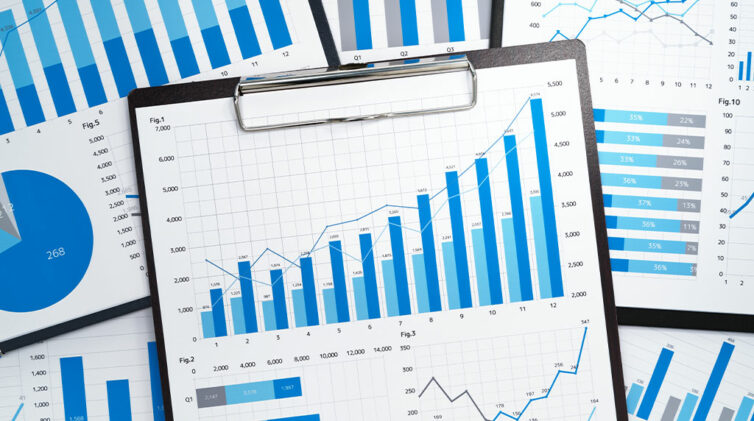This was a key message delivered to energy ministers at the recent G20 conference in Japan, which was attended by key Australian stakeholders in the emerging hydrogen industry.
The exports could be worth as much as $12.4 billion a year by 2040 and Japan would be the major market, said a report by consultants ACIL Allen.
The consultants’ report, made to the Australian Renewable Energy Agency (ARENA), said that the hydrogen production would be based on renewables – solar and wind – and capable of producing more than three million tonnes of hydrogen for export.
It said the use of renewables was critical to reducing emissions in hydrogen production and that it was vital to select the most appropriate method of feedstock (such as natural gas) and energy (preferably solar and wind) and to be aware of the high water consumption during the process.
Testbeds for the production of hydrogen are planned for South Australia where solar and wind are proposed to be used, while a private consortium in WA is planning an 11 gigawatt solar and wind complex to produce hydrogen for export.
The consortium – Macquarie Group, Vestas, CWP Renewables and others – proposed the $22 billion Asia Renewable Energy Hub between Broome and Port Hedland on the WA north-west coast, with it to cover 7000 square-kilometres. It would use desalinated seawater for the electrolysis process and be powered by wind and sun.
This project is seen as one of the keys to the potential Australian hydrogen export market reaching up to 3.2 million tonnes by 2040, with the majority going to Japan.
In Japan recently, G20 energy ministers were presented with an International Energy Agency (IEA) study on the use of hydrogen for industrial sectors, from electricity supply to transportation, agriculture and steel making.
The report is backed by hydrogen proponents, including the Australian government’s chief scientist, Alan Finkel; the Australian Renewable Energy Agency, the Commonwealth Scientific and Industrial Research Organization (CSIRO) and Fortescue Metals boss Andrew Forrest.
The reasons for the focus on hydrogen, which play into Australia’s hands as a producer, is:
- The need to decarbonise human activity
- Plans by countries, including Japan and South Korea, to make hydrogen a major fuel in their economies
- The falling price of production components (fuel cells and electrolysers) which are closing in on production parity with fossil fuels
Consultants ACIL Allen stated in its ‘Opportunities for Australia from Hydrogen Exports’ report from August last year that the global market for hydrogen will hit 82.1 million tonnes in 2040 as a best-case scenario.
Triggers driving the growth of hydrogen use include:
- A five-fold demand for fuel-cell power plants – as used in fuel-cell EVs – experienced between 2011 to 2016
- The rapid investment in hydrogen refuelling stations
- Large-scale commercial developments such as the Leeds City Gate gas network conversion project that changes natural gas to hydrogen
- Japan’s strategy of a hydrogen-fuel future in the wake of concern about nuclear power in the Fukushima plant failure
- Declaration by South Korea, which is a massive importer of oil, that the country’s future energy economy would be built around hydrogen
The report said electricity production was the “easiest energy sector to decarbonise” and the role for hydrogen in generation and storage was likely to increase.
But the consultants caution that Australia will have rivals – including Brazil, Iceland and Russia – and that the production of hydrogen could incur high electricity costs if it uses the conventional electrolysis process.
There are numerous other stumbling blocks. The IEA report shown to the G20 energy ministers and companies – including Hyundai, Toyota and Air Liquide – said hydrogen production currently was a highly carbon-intensive process.
The report said that almost all hydrogen used comes from natural gas and coal, and the production of hydrogen is responsible for about 830 million tonnes of carbon dioxide emissions a year, equivalent to the combined CO2 emissions of the UK and Indonesia.
It said that without carbon capture or a more affordable way to produce clean hydrogen from renewable technology, the environmental cost of producing more hydrogen may be too high.
The next step could be seen in the proposal for the hub in Australia’s north-west.
By Neil Dowling














 Read More: Related articles
Read More: Related articles

